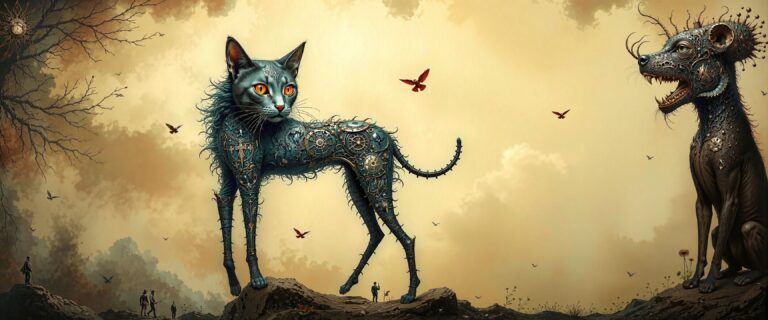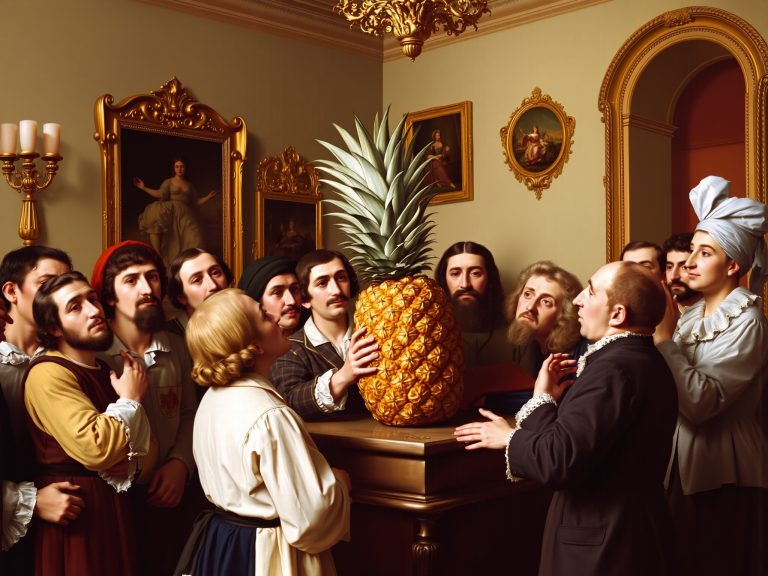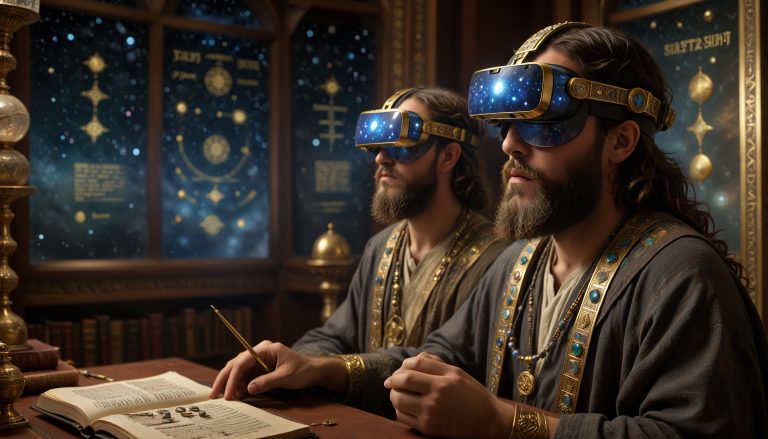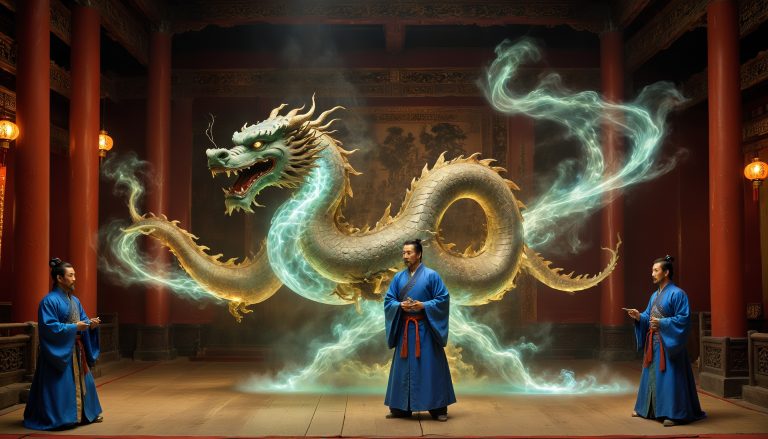Vincent van Gogh, renowned for his vibrant brushwork and emotive post-impressionist masterpieces, has surprisingly ventured into the realm of digital art. This unexpected foray showcases his timeless style flourishing in pixels and code, blending the richness of traditional techniques with the innovation of modern technology.
Van Gogh’s digital collection is a mesmerizing expansion of his artistic vision. Utilizing advanced software and digital tools, Van Gogh has translated his iconic style into the digital medium, creating pieces that resonate with the same intensity and emotion as his traditional works. Each digital painting bursts with the characteristic swirling patterns and bold color contrasts that define his post-impressionist legacy.
In this new medium, Van Gogh explores themes and motifs familiar to his fans but reimagined through the lens of digital creativity. His famous “Starry Night” transforms into a dynamic display, where the stars twinkle and the night sky subtly shifts, creating a living canvas that captures the viewer’s gaze. His self-portraits, now rendered with digital brushes, offer a fresh perspective on his introspective exploration, highlighting the depth and complexity of his self-expression.
The digital art collection not only showcases Van Gogh’s adaptability and innovation but also bridges the gap between classic art and contemporary techniques. By integrating pixels and code into his artistic process, Van Gogh breathes new life into his post-impressionist style, proving that his creative genius transcends the boundaries of traditional mediums.
This digital venture opens new avenues for art enthusiasts and tech aficionados alike, inviting them to experience Van Gogh’s work in an entirely new format. The collection is a testament to the enduring relevance of his artistic vision and the limitless possibilities of digital art.
For those interested in exploring Van Gogh’s digital art collection, more information can be found on prominent art platforms and digital galleries showcasing his work.
Explore more about Van Gogh’s digital transformation and his latest creations in the ever-evolving world of art and technology.
Actual knowledge about the theme
5 Fun Facts About Vincent van Gogh:
-
Prolific Output: Despite his short career, van Gogh produced over 2,100 artworks, including around 860 oil paintings and more than 1,300 watercolors, drawings, sketches, and prints. His productivity was astonishing, especially considering his mental health struggles (The HISTORY Channel).
-
Late Bloomer: Van Gogh only began painting at the age of 27. Before that, he tried various careers, including being a teacher, a preacher, and a missionary. His artistic journey truly began when he decided to pursue his passion for art wholeheartedly (Encyclopedia Britannica).
-
Self-Portraits: Van Gogh created around 35 self-portraits between 1886 and 1889. These works provide a visual diary of his emotional and physical state throughout the years, offering deep insight into his self-perception and mental state (The HISTORY Channel).
-
The Ear Incident: One of the most famous stories about van Gogh is the incident in which he cut off part of his left ear. While the exact details are still debated, it’s believed that he did this during a mental breakdown and later presented the severed part to a woman at a brothel (World History Encyclopedia).
-
Color Symbolism: Van Gogh had a deep understanding of color and often used it symbolically. For instance, he used yellow to represent happiness and blue for tranquility. His use of color was revolutionary and contributed significantly to the development of modern art (The HISTORY Channel).
5 Sad Facts About Vincent van Gogh:
-
Mental Health Struggles: Van Gogh suffered from severe mental health issues, including depression and psychotic episodes. These struggles led to his hospitalization multiple times and greatly affected his life and work (The HISTORY Channel) (Wikipedia).
-
Financial Hardships: Despite his prolific output, van Gogh sold very few paintings during his lifetime and lived in poverty. He was financially supported by his brother Theo, who believed in his talent and potential (Encyclopedia Britannica).
-
Loneliness and Isolation: Van Gogh often felt lonely and isolated. He had difficulty forming lasting relationships and frequently felt misunderstood by those around him. His letters to his brother Theo reveal much of his inner turmoil and desire for companionship (The HISTORY Channel).
-
Tragic Death: Van Gogh died at the age of 37 from a gunshot wound, which is widely believed to have been self-inflicted. He succumbed to his injuries two days later, on July 29, 1890. His death marked the end of a life filled with both artistic brilliance and profound suffering (Wikipedia).
-
Posthumous Fame: Sadly, van Gogh did not live to see his success. His work only gained widespread recognition after his death, and he is now considered one of the most influential figures in Western art. The recognition and admiration he longed for during his life came too late for him to experience (World History Encyclopedia).
Visit the Van Gogh Museum:
For more about Vincent van Gogh’s life and works, you can visit the Van Gogh Museum in Amsterdam. The museum houses the largest collection of his artworks and offers a comprehensive view of his artistic journey.




